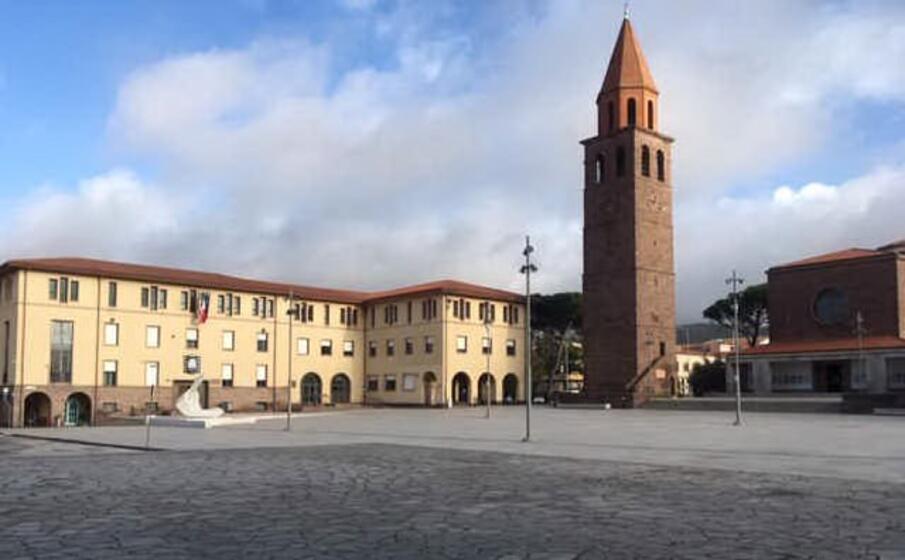



Carbonia is the main center of the south-western part in the province of Carbonia-Iglesias of Sardinia, a 'young' city born with the mining boom, famous for industrial, prehistoric and historical archeology.

With almost thirty thousand inhabitants, Carbonia is the ninth Sardinian city, the most populous in Sulcis. Wide tree-lined streets characterize it: the 45-meter high bell tower stands on the houses alongside the granite and trachyte façade of the church of San Ponziano.

The city was born in 1938, built in just two years to provide accommodation for workers in the Sirai-Serbariu coalfield. The mines in the Sulcis area were then one of the main sources of energy supply in Italy. The name Carbonia indicates the origin: it was built close to the large mine, replacing a nineteenth-century village, incorporated as a district. The basin, active between 1937 and 64, had nine wells and one hundred kilometers of tunnels.

Miners from all over Italy were recruited to extract the coal, 16,000 immediately resided in Carbonia, the peak was in 1949 with 48,000 residents and 60,000 residents. Today, after its recovery, Serbariu houses the Coal Museum, a perfect reproduction of the mining world. Another place of culture not to be missed is the ethnographic museum of agro-pastoral activities. Carbonia is home to Mare e Miniere, an event that rediscovers local culture, with cinema, music, literature and food and wine events. It was once the scene of historic workers' claims.

Between 1940 and 43, the miners' protest led to the first strike in Sardinia (among the first in Italy) during the Fascist period. At the end of 1948 there were two months of 'white strike', to counter the repressive measures of the Carbosarda, which managed the mine. The reaction was to sharpen them. Thus a national movement of solidarity with the miners' struggle exploded: after a long tug-of-war, the agreement was a victory for the workers.
The disused mining sites are flanked by Phoenician-Punic archeology: at Mount Sirai, in an archaeological park on the northwestern outskirts of the city, you will find houses, squares, a temple, and necropolis of a first Phoenician and then Carthaginian colony.

There is also a tophet, a children's cemetery, partially rebuilt in the Villa Sulcis museum, where you will enter the Punic city thanks to multimedia installations and you will get to know the oldest finds of Sardinian prehistory, coming from the rock shelter on Carropu, in the hamlet of Sirri. , dating back to the Mesolithic (9000 BC).

Not far from the city there are various 'prehistoric' caves, a dozen necropolises in domus de Janas and the remains of 15 nuraghi between 1600 and 6th century BC. Among the most interesting testimonies, the necropolis of Cannas di Sotto, with 18 tombs and of Cùccuru su Cardolinu (3200-2800 BC).

The Roman domination is documented by the Villa di Barbusi, 'lived' from IV BC. to the third century AD, and from the hamlet of Medau sa Turri, formerly a Nuragic and Phoenician-Punic site, then Roman, and finally a medieval village.
Carbonia
Address: Via Mazzini 39, 09013, Carbonia-Iglesias
Phone: 0781 6726
Site:
http://www.comune.carbonia.ci.it/urbiportal/home.htmlLocation inserted by
BBCC